Apple faces its ‘Barbie moment’: first impressions of iPhone 16 range
Consumers and Barbie fans will be tickled pink by Apple’s new iPhone colours. But how do the new models stack up, and is buying a Pro still worth it? We take a look.
Apple is known for taking its time when it comes to product innovation, and this is true with the iPhone 16 range.
It’s been more than a year since the Barbie movie exploded across cinemas, reigniting a cultural phenomenon that left everyone tickled pink.
And now it appears Apple is cashing in. It has updated its colours for the new iPhone range and consumers now have the option of ordering the standard model in – you guessed it – pink.
Apple says this is not directly due to Barbie. It doesn’t have a partnership with the doll’s maker Mattel. But it has noticed sales of pink items have soared.
Carsales alone reported a 40 per cent surge in pink car searches in July last year. People, clearly, love the colour and Apple is now catering to that demand – and why wouldn’t it? In the three months to June, iPhone sales eased 1 per cent compared with the previous corresponding period, to $US39.3bn, continuing their slump.
So how does this pink phone perform and will it help Apple regain its lustre?
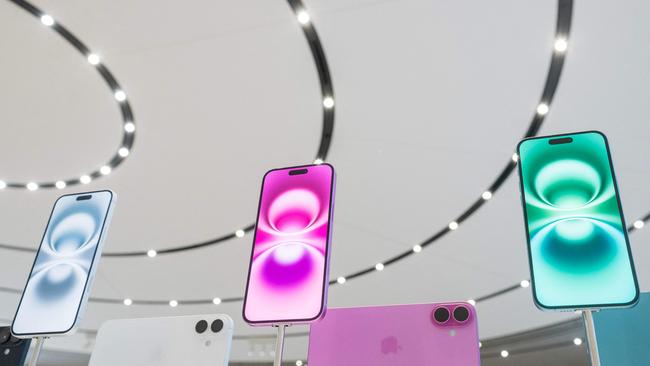
Unboxing
There are no surprises here. The latest iPhone looks similar to the 15 range, except the Pros are a little bigger and the standard models get updated cameras, which allow them to shoot in spatial video, enabling a 3D playback experience when viewed on the Vision Pro.
In addition to pink, other new colours for the standard models include ultramarine, teal, white, and black. The Pros come in black titanium, natural titanium, white titanium, and desert titanium. Midnight has been dropped.
But the first thing that is noticeably different externally is a new ‘camera control’ button in the lower left hand side of both the standard and Pro models. This is covered in sapphire glass and allows the camera to be accessed with a simple tap when the phone is locked or another application is in use.
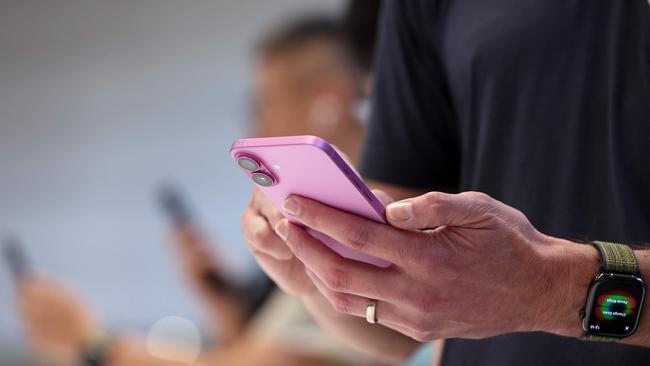
What’s new?
I was a bit sceptical of the new button when it was unveiled at Cupertino last week. Apple introduced a customisable action button on the right-hand side last year, which I found I rarely used. I also thought an extra button distanced the brand further away from its minimalist aesthetic. Remember the first iPhone? It had four buttons. The new phones have five. Do we really another?
After five days of using the iPhone 16, the answer is yes. I was surprised at how useful the camera control button is. There is no more fumbling to take the perfect shot – particularly helpful when taking pictures of unpredictable subjects, like my two-year-old son. The button also has two sensitivities – a soft touch will allow different photographic controls – like zoom, exposure and tone – to be accessed. You can swipe your finger across the button to access the different tools. You can then take a picture with a hard touch.
The button is also thoughtfully positioned. Held in landscape mode, it sits where a shutter button would on a camera, so it feels natural to take photos – it feels less so when taking portrait shots.
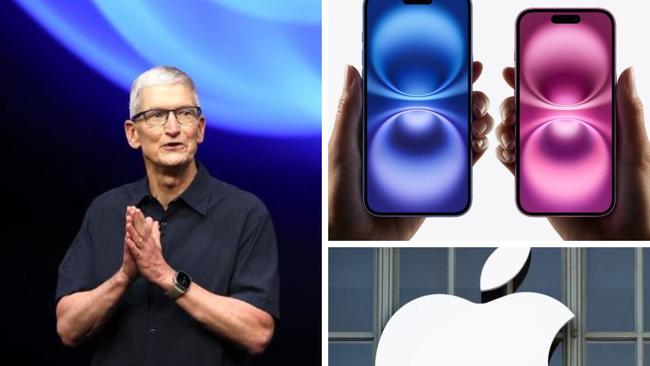
Under the hood
The iPhone 16 range also gets upgrades that aren’t so visible. This includes a new A18 chip, which Apple said was up to 30 per cent faster than the iPhone 15 and up to 60 per cent faster than the CPU in the iPhone 12. For Pro models, the A18Pro chip is 15 per cent faster than the previous model and uses 20 per cent less power, improving battery life. I found I could eek a few more hours’ use from the standard Pro model versus the 15 Pro.
The Pro models also feature a quad-pixel sensor that enables zero shutter lag for 48MP ProRAW or HEIF photos, allowing fast-moving objects to be captured with more sharpness – again useful for unpredictable toddlers. I haven’t taken a blurry shot yet. It also allows videos to be shot in 4K at 120fps in Dolby Vision — which Apple says is the highest resolution and frame-rate combination ever available on iPhone.
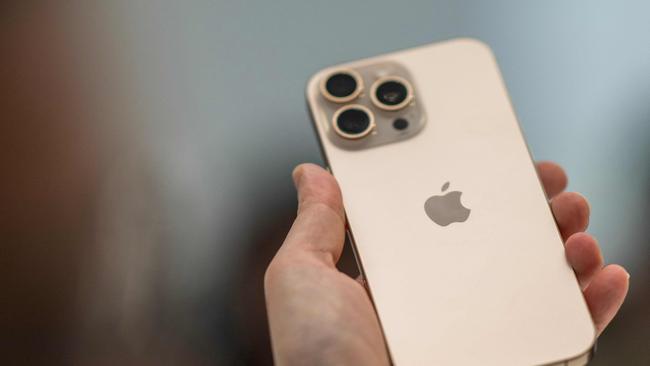
The more powerful chips also allow access to a variety of shooting styles – such as the ability to change skin tones as well as colour, highlights, and shadows – in real time. I found these features provided more versatility and accurate skin tone reproduction than the previous generation of filters, which could make a picture appear too warm and yellowy or too cool.
Sound also gets an upgrade – and I’ve found this useful. The iPhone 16 range is equipped with four new “studio quality” microphones that enable different audio recording styles. Using machine learning, you can now get rid of background noise, making it appear you are wearing a lapel microphone.
I tried the “in-frame” audio mixing option when I shot the video for the AirPods review and found it could also cut out wind noise. Other options include “studio” and “cinematic” modes, which I could take or leave. The in-frame option was highly effective and useful in journalism where you don’t always have broadcast quality kit at your disposal.
What about AI?
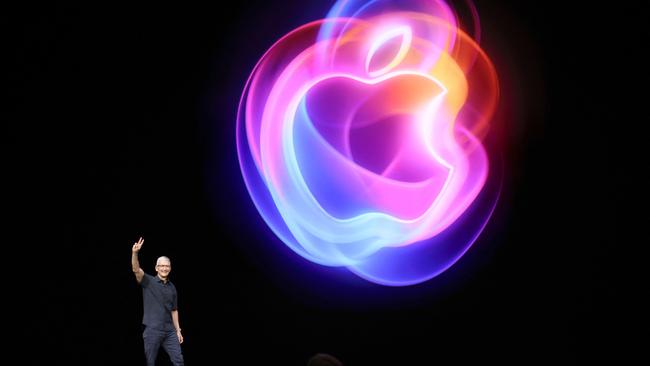
Apple chief executive Tim Cook said the new range has been “built from the ground up” to cater for the artificial intelligence boom. This will power a range of features known as “Apple Intelligence”, which can polish writing, perform swifter photo editing – such as removing unwanted objects – and allow people to access more information about different objects by taking a picture, similar to Google lens. But Apple Intelligence – which will be a free software update – won’t be available in Australian English until December, so we will wait to see how those features stack up.
Which model should you get?
The gap is closing between the standard and Pro models, with Apple lowering the pricing. The iPhone 16 Pro is $50 cheaper compared with last year’s model, while its standard iPhone 16 costs $100 less.
The Pro models offer more versatility, with three cameras instead of two, with 5x optical zoom now available on the Pro and Pro Max (The 15 Pro has 3x zoom). The Pro models also have an always on display, which dulls the screen when locked. This might seem a basic feature but is useful for quickly scanning a phone for notifications without having to unlock the black screen on the standard models.
Apple says the finish on the standard and Pro models is durable, featuring a ceramic shield that is 50 per cent tougher than the first generation, while the glass screen is two-times “tougher than glass on any other smartphone”.
We’ll wait a few months to see how much wear and tear shows. But for most people, the standard models will provide them will all the phone they need.
The author travelled to Cupertino as a guest of Apple.
More Coverage
Originally published as Apple faces its ‘Barbie moment’: first impressions of iPhone 16 range





